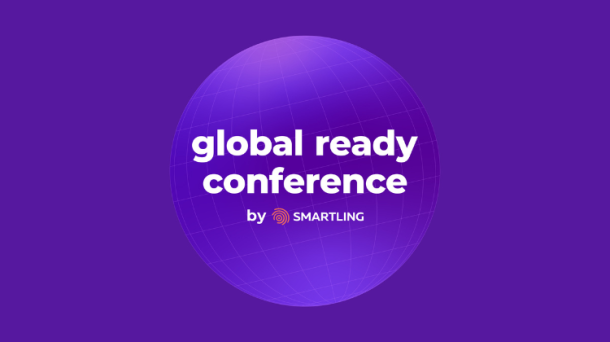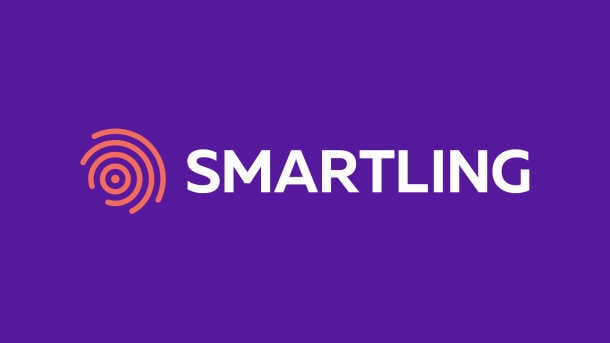Global expansion offers exciting opportunities for any company, but reaching new audiences across cultures comes with distinct challenges. Success hinges on bridging language barriers and forging genuine connections with your target markets. This goes beyond simple word-for-word translations—it requires conveying the right cultural context and tone to ensure your brand resonates with native speakers.
Despite these complexities, many turn to Google Translate for quick solutions. While it can reach impressive accuracy—sometimes over 94%—its effectiveness for business translation and localization depends on the languages, sentence structures, and specific circumstances.
So, how accurate is Google Translate for localizing your website and other company materials? In some cases, a human translator or another translation tool (or tools) may be more reliable.
To understand Google’s translation accuracy, it’s important to first explore the technology behind it.
How does Google Translate work?
Google launched its machine translation tool, Google Translate, in 2006, initially relying on statistical machine translation (SMT) methodology to process text. While effective for basic translations, the early version struggled with longer and more complex sentences. In 2016, Google introduced neural machine translation (NMT), powered by artificial intelligence (AI), significantly improving translation accuracy by analyzing entire sentences in context.
SMT worked by analyzing large databases of bilingual texts and identifying statistical patterns to generate translations using a translation model, language model, and reordering model. While this method could handle simpler translations by focusing on probabilities, it often produced inaccuracies with complex sentences due to its reliance on word-by-word or phrase-by-phrase translations, lacking the ability to fully grasp sentence context or meaning.
For example, imagine you're trying to translate "I am going to the bank today" from English to French. Without understanding the full context, SMT breaks the sentence into smaller parts, translating word-by-word or phrase-by-phrase based on statistical probabilities from a bilingual text database. The ambiguity of "bank" creates challenges: in French, "bank" could translate to "banque" (a financial institution) or "berge" (a riverbank). If your dataset mostly references financial institutions, the SMT might incorrectly choose "banque" even if you're referring to a riverbank for fishing, leading to an inaccurate translation.
SMT also depended on the availability of parallel translated documents for specific language pairs. When fewer translated resources were available for a given language combination, accuracy suffered.
All this changed in 2016 when Google released the Google Neural Machine Translation (GNMT) framework that revolutionized digital translation. GNMT analyzes the context and meaning of entire sentences, producing more accurate translations that better reflect natural speech patterns and idioms used by native speakers.
The GNMT draws from a blend of open-source and proprietary linguistic datasets, which include both human translations and digital language resources. This comprehensive data set enables the system to identify stylistic patterns and contextual nuances, significantly enhancing translation accuracy. By incorporating slang and idiomatic expressions, the GNMT reduces translation errors by 55%–85% for widely used language pairings, such as English to Spanish.
With the GNMT, Google Translate no longer relies on intermediary languages, allowing for direct translations between over 130 language pairs. This advancement has significantly improved translation speed and accuracy.
How good is Google Translate? Real-life applications and effectiveness
In everyday situations like casual conversations or basic travel needs—deciphering street signs or a restaurant menu, for example—Google Translate usually works well enough. But how accurate is Google Translate in an in-depth business context?
That depends mainly on the language pair and the complexity of the translation. A 2021 study by the UCLA Medical Center found that the GNMT’s translation preserved the original meaning in 82.5% of cases. However, the accuracy of Google Translate varied between 55% and 94%, depending on the specific languages involved.
Google Translate accuracy across major European language groups
| Language | Accuracy |
|---|---|
| Spanish | 90%+ |
| French | 80%-90% |
| German | 80%-90% |
| Italian | 80%-90% |
| Portuguese | 70%-80% |
| Dutch | 70%-80% |
| Swedish | 70%-80% |
| Norwegian | 60-70% |
| Danish | 60%-70% |
| Finnish | 60-70% |
| Czech | 50%-60% |
| Polish | 50%-60% |
For non-European languages, Google Translate’s accuracy tends to decline significantly due to limited linguistic resources and insufficient data. A 2019 study revealed that it produced incorrect translations 80% of the time when converting languages to English, including:
- Cebuano
- Georgian
- Kurdish
- Latin
- Malaysian
- Maori
- Nepali
- Persian
- Punjabi
- Urdu
- Uzbek
Given Google Translate's limited source data for certain languages, that’s no surprise. The tool performs well when translating structured text, such as official documents or straightforward instructions, in widely used languages like English, Chinese, or Spanish. However, its accuracy falls significantly—to around 72%—when translating user-generated content or casual expressions from English into other languages.
Understanding translation types: When should you choose Google Translate?
Google Translate’s accuracy varies based on intent, style, and audience. It works well for translating:
- Low-visibility text.
- Short, straightforward sentences.
- Repetitive, instructional copy, such as simple troubleshooting guides.
- Content like product reviews, knowledge bases, and forums, where readers don’t necessarily expect perfect grammar or spelling.
However, you’ll probably want to consider alternative translation tools or services when:
- The content includes idiomatic expressions that need context to convey meaning, especially to native speakers.
- The target language lacks a direct equivalent for certain colloquial phrases or words.
- Using Google Translate as a dictionary—word-for-word translations may not capture the author’s intent.
- The source doesn’t follow standard grammatical conventions.
- The text contains sarcasm or irony.
In these cases, Google Translate may struggle with the original language's subtleties, leading to grammatical errors or misaligned messaging that misses the cultural context of your target audience.
Exploring alternatives to Google Translate: Smartling’s Neural Machine Translation (NMT) Hub
There are several alternatives to Google Translate, each offering unique features and strengths tailored to different translation needs, including:
- DeepL: This platform uses a machine translation method similar to Google Translate but claims to require fewer edits by human translators due to its focus on context and nuance. Currently, it supports 28 languages.
- Amazon Translate: Amazon excels in contextual accuracy by incorporating custom parallel data (text examples in both source and target languages) via its “Active Custom Translation” (ACT) feature. In one study, it raised English-to-Chinese Bilingual Evaluation Understudy (BLEU) scores by 6.5%. Amazon Translate currently offers translation services for 75 languages.
- Microsoft Translate: Microsoft’s translation service consistently performs well across 111 languages. Of those, it can handle text, speech, image, text-to-speech, multi-device conversation, and operate offline in more than 20 languages, including Chinese, German, and Spanish.
While no single machine translation provider stands out as the definitive leader when it comes to complete accuracy, that doesn’t mean you’re limited to choosing between human translators and machine translation. Smartling offers a third option—combining both into one workflow.
Instead of relying on just one MT engine, Smartling’s NMT Hub uses AI to select the best MT engine—Google, DeepL, Amazon, Microsoft, or others—for a given job. From there, professional linguists review and refine the content to ensure accurate vocabulary, grammar, and cultural context.
With Smartling, you can benefit from the efficiency of AI combined with the precision of human expertise, ensuring the best possible translation for your business.
Unlock Global expansion with Smartling
Reaching a global audience takes more than just translating words—it requires content that connects with potential customers, capturing both their attention and emotions. Successful translations convey not only the message but also the sentiment and vision behind your product.
While Google Translate is a popular solution that delivers impressive accuracy, it may not be the best fit for every business need. Other MT engines or translation tools might better suit your specific requirements, depending on the language.
Still struggling to decide whether to use translation software, professional translation services, or a combination of the two? Download our eBook, “What To Look for in a Translation Solution: A Buyer’s Guide.” The free guide highlights key features to help you choose a translation service that meets your organization's needs—both now and in the future.

.jpg)





